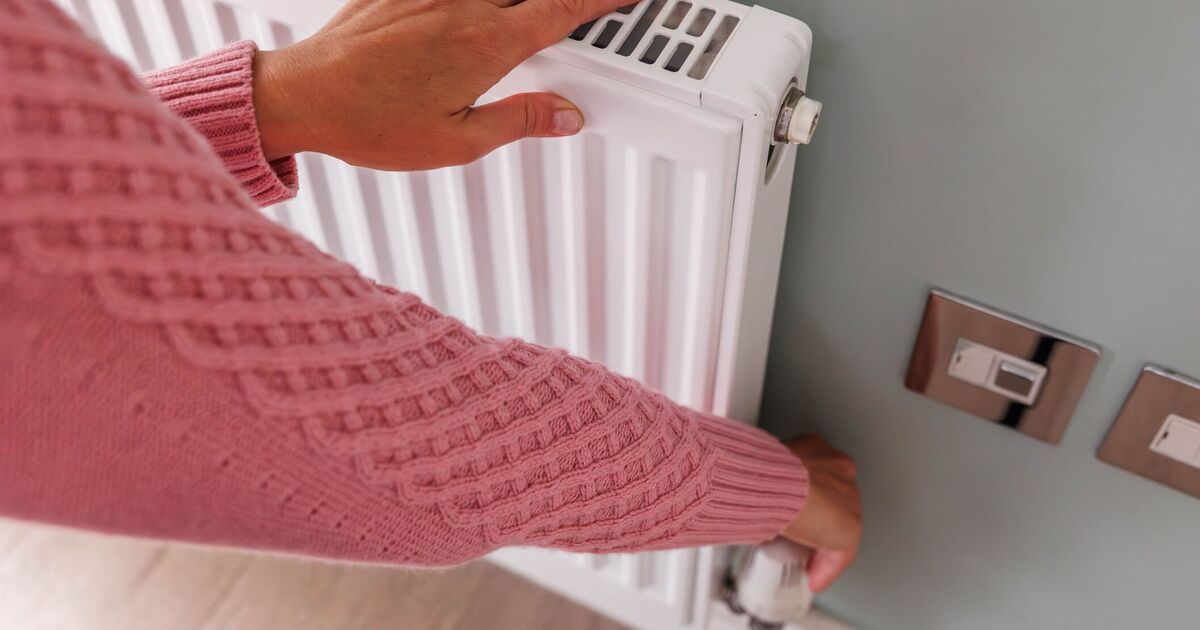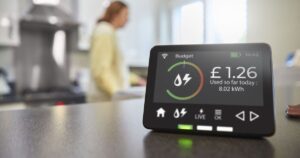
Joshua Houston, a heating expert at GreenMatch, has shared his simple 7-step guide to ensuring all of your radiators are working at ‘maximum’ efficiency and giving you every ounce of heat your energy bills are charging you for.
He advised: “If you notice that your home is taking longer to heat up, or your radiator is cooler than usual then bleeding might be the correct solution.
“Having an efficient radiator will improve the heating in your home, and make the bill at the end of the month cheaper.”
Joshua’s guide starts by narrowing down which of your radiators could be the cause of your winter chills. To do this, put your heating on and after giving some time for the radiators to warm up, check each one individually.
Specifically, you’re looking for “cold spots at the top”, as this is a sign of trapped air in your radiators that needs to get out, both for efficiency and safety purposes.
Additionally, if you notice cold spots at the bottom of your radiator, the expert warned: “This is likely caused by a blockage or build-up of ‘sludge’ within the radiator.
“This can often be corrected by cleaning out your radiator or having a whole system ‘power flush’ undertaken. This is something an engineer can help with.”
If you’re finding that your radiators have cold spots at the top, it’s time to get your hands dirty and bleed them to boost their heating efficiency. The expert stressed that safety comes first by making sure your heating is off and the radiators are cool to avoid any scalding surprises.
He advises: “The bleed valve is usually located at the top, on one of the sides. It’s a small, square peg or a round knob, and it may be concealed under a plastic cap.”
To prevent any water damage during the process, Joshua recommends protecting your floors with towels or a small bowl placed underneath the radiator before opening this valve.
He continued: “Insert the radiator key or screwdriver into the bleed valve and slowly turn it anticlockwise. You should hear a hissing sound as the air escapes. Keep the valve open until the hissing stops and water drops start to flow out.”
Once water begins to trickle out, it’s time to close the valve by turning it clockwise – just be gentle to avoid over-tightening.
And don’t forget to repeat the procedure for any other radiators that aren’t warming up properly.



















